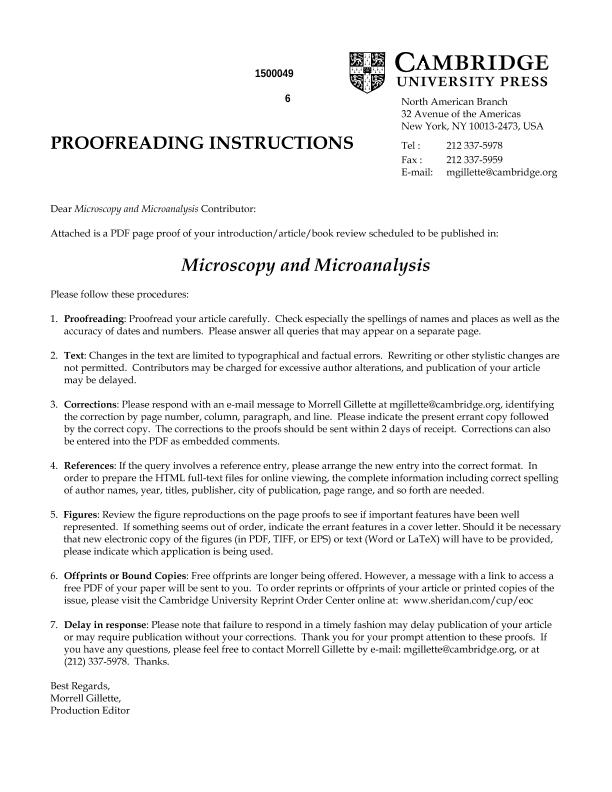Artículo
Monte Carlo simulation of characteristic secondary fluorescence in electron probe microanalysis of homogeneous samples using the splitting technique
Fecha de publicación:
04/2015
Editorial:
Cambridge University Press
Revista:
Microscopy & Microanalysis
ISSN:
1431-9276
e-ISSN:
1435-8115
Idioma:
Inglés
Tipo de recurso:
Artículo publicado
Clasificación temática:
Resumen
Electron probe microanalysis (EPMA) is based on the comparison of characteristic intensities induced by monoenergetic electrons. When the electron beam ionizes inner atomic shells and these ionizations cause the emission of characteristic X-rays, secondary fluorescence can occur, originating from ionizations induced by X-ray photons produced by the primary electron interactions. As detectors are unable to distinguish the origin of these characteristic X-rays, Monte Carlo simulation of radiation transport becomes a determinant tool in the study of this fluorescence enhancement. In this work, characteristic secondary fluorescence enhancement in EPMA has been studied by using the splitting routines offered by PENELOPE 2008 as a variance reduction alternative. This approach is controlled by a single parameter NSPLIT, which represents the desired number of X-ray photon replicas. The dependence of the uncertainties associated with secondary intensities on NSPLIT was studied as a function of the accelerating voltage and the sample composition in a simple binary alloy in which this effect becomes relevant. The achieved efficiencies for the simulated secondary intensities bear a remarkable improvement when increasing the NSPLIT parameter; although in most cases an NSPLIT value of 100 is sufficient, some less likely enhancements may require stronger splitting in order to increase the efficiency associated with the simulation of secondary intensities.
Archivos asociados
Licencia
Identificadores
Colecciones
Articulos(IFEG)
Articulos de INST.DE FISICA ENRIQUE GAVIOLA
Articulos de INST.DE FISICA ENRIQUE GAVIOLA
Citación
Petaccia, Mauricio Germán; Segui Osorio, Silvina Inda Maria; Castellano, Gustavo Eugenio; Monte Carlo simulation of characteristic secondary fluorescence in electron probe microanalysis of homogeneous samples using the splitting technique; Cambridge University Press; Microscopy & Microanalysis; 21; 3; 4-2015; 753-758
Compartir
Altmétricas




